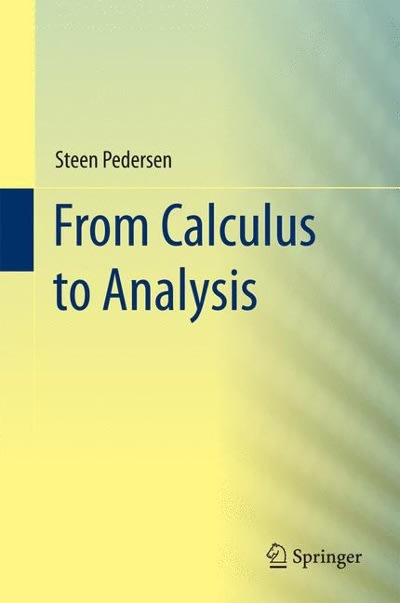Question
This week we will discuss the fundamental concept of statistics - Probability . Probability tells us the chance or likelihood that a particular event will
This week we will discuss the fundamental concept of statistics - Probability. Probability tells us the chance or likelihood that a particular event will occur. The probability can be expressed as a fraction, decimal, or percent. For example, if you answer a question with 4 possible answers and you just guessing, the probability that you pick up the right answer is 1/4 = 0.25 = 25%. As you can see, the probability of an event can be calculated as the number of "favorite" outcomes divided by the number of all possible outcomes. A list of all possible outcomes has the name "Sample space". If you flip the coin ones the sample space is: {Head (H), Tail (T)}. If you flip the coin twice, sample space is: {HH, HT, TH, TT}. Close to Probability but a different term is Odds. Odds are expressed as a number of favorite/winning outcomes "to" (not divide) number of not favorite/losing outcomes. Like 3 to 5, or 3:5. Odds can be easily converted to probability. If odds are "3 to 5" then the total number of all possible outcomes is 3+5=8. And the probability of winning is 3/8. And backward: if the probability of winning is 1/4 then the number of losing outcomes is 4-1-3 and odds of winning are 1 to 3. An important rule in calculating a number of all possible outcomes is Multiplication Principle. If each event consists of two sequential single events then the total number of all possible outcomes is a number of outcomes in the first event times number of outcomes in the second event. N = n1n2. For example, if you roll the die twice, the total number of all possible outcomes is N = 66=36. If you create a three-digit code where all digits should be different N = 1098 = 720. Another topic used in the calculation number of outcomes is Permutation and Combination (see section 4.4 in eText).
1) Post two examples in which you have used probability to make a decision? One example should be from your personal life and one from your work life. If you do not work, show two examples from your personal life.
2) Write probability as a simple fraction and convert it to odds. Convert any odds expression to probability.
3) Consider a double event when you roll a die and then flip the coin. Create sample space. Let's say the favorite/winning combination is: 6 on the top of the die and Head on the coin. How many favorite outcomes are in the sample space? Find the probability of the favorite outcome.
4) Post an example of calculating permutation and combination. In what cases do we use a permutation and in what cases do we use a combination?
question 3 and 4 please
Step by Step Solution
There are 3 Steps involved in it
Step: 1

Get Instant Access to Expert-Tailored Solutions
See step-by-step solutions with expert insights and AI powered tools for academic success
Step: 2

Step: 3

Ace Your Homework with AI
Get the answers you need in no time with our AI-driven, step-by-step assistance
Get Started


